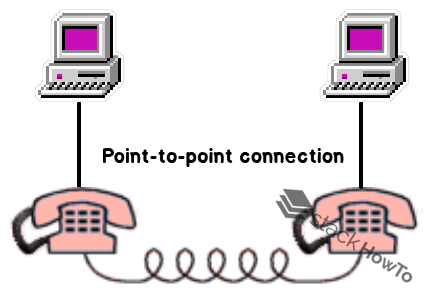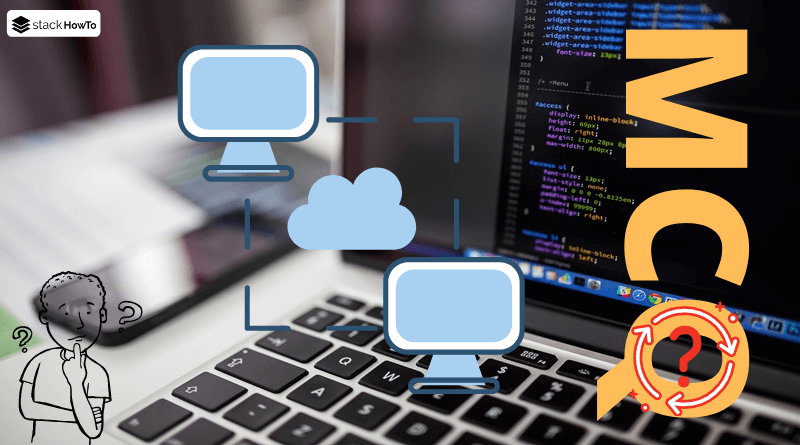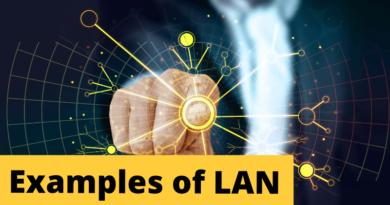What is PPP in Networking?
In this tutorial, we are going to see What is PPP in Networking?. Most people, not having a line (cable or ethernet) directly connected to the Internet, and are forced to use telephone lines (the most widespread network) to connect to the Internet. The connection is made through a modem, a device capable of converting digital data from the computer into analog signals (which can travel over the telephone line by amplitude or frequency modulation, just like voice when you use the telephone).
Since only two computers communicate and the speed of a telephone line is low compared to that of a local network, it is necessary to use a protocol that allows standard communication between the different machines using a modem, and that does not overload the telephone line. These protocols are called modem protocols.
Definition of a point-to-point connection
By the classic telephone line, two computers maximum can communicate by modem together, in the same way as it is not possible to call simultaneously two people by the same telephone line. We say that we have a point-to-point connection, that is to say, a connection between two machines limited to its simplest expression: there is no need to share the line between several machines, each one speaks and answers in its turn.

Thus, many modem protocols were developed. The first of them allowed simple data transmission between two machines, then some were equipped with error control, and with the rise of the Internet, they were equipped with the ability to address machines. In this way, there are now two major modem protocols:
- SLIP: an older protocol, weak in controls
- PPP: the most used protocol for Internet access by modem, it allows addressing machines
PPP protocol:
PPP stands for Point to Point Protocol. It is a much more elaborate protocol than SLIP (which is why it has replaced it), as it transfers additional data, which is better suited for data transmission over the Internet (the additional information in a frame is largely due to the increased bandwidth).
PPP is actually a set of three protocols:
- a datagram encapsulation protocol
- a link control protocol (LCP), allowing test and configuration controls of the communication
- a set of network control protocols (NCP), allowing controls on the integration of PPP within higher layer protocols
The data encapsulated in a PPP frame are called packets. These packets are usually datagrams, but they may be something else (hence the specific name of packet instead of datagram). Thus, a field in the frame is reserved for the type of protocol to which the packet belongs. A PPP frame looks like this:

The padding data is used to adjust the frame length for some protocols.
A PPP session (from opening to closing) proceeds as follows:
- At connection, an LCP packet is sent
- In case of authentication request from the server, a packet corresponding to an authentication protocol can be sent (PAP, Password Authentication Protocol, or CHAP, Challenge Handshake Authentication Protocol or Kerberos)
- Once the communication is established, PPP sends configuration information thanks to the NCP protocol
- The datagrams to be sent are transmitted as packets
- At disconnection, an LCP packet is sent to end the session





